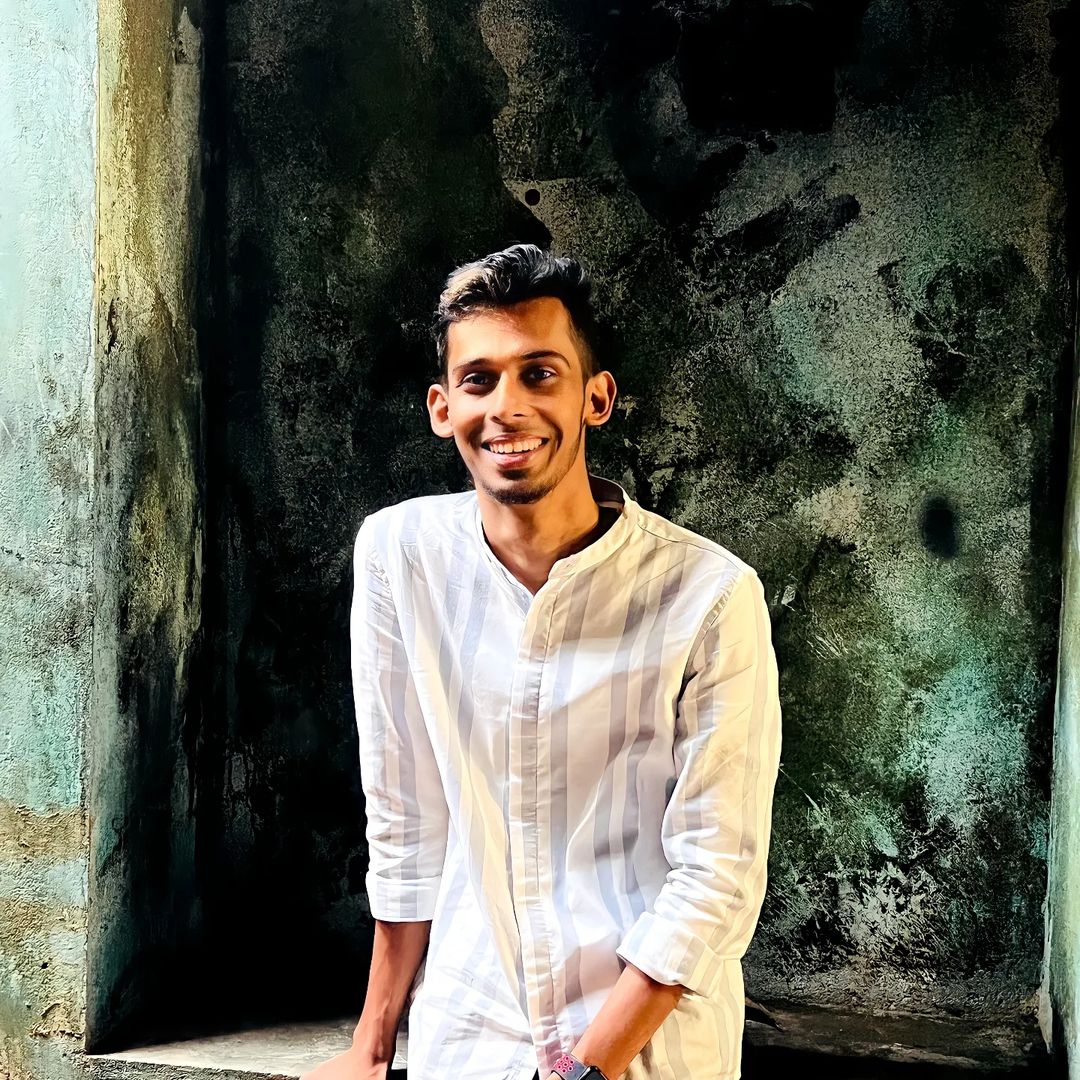In order to help hemophiliacs regain hemostasis, Qfitlia helps boost thrombin production by decreasing AT, a protein that prevents blood clotting.
Eli Lilly and Company’s (LLY) donanemab is not recommended for marketing authorization for the treatment of early symptomatic Alzheimer’s disease, according to an opinion released by the European Medicines Agency’s (EMA) Committee for Medicinal Products for Human Use (CHMP). Lilly will ask CHMP to re-examine. Europeans living with early symptomatic […]
Immunotherapies and other cancer treatments don’t work well on “cold” tumors, also known as immunological deserts, because they usually have few T cells.
For the clinical phase, Bayer has acquired the sole global license for an MTA-cooperative PRMT5 inhibitor that targets MTAP-deleted tumors selectively.
Approval based on data from the pivotal phase III EAGLE-2 and EAGLE-3 trials.
articipants receiving sozinibercept combination therapy with a dosing regimen of every four weeks or every eight weeks.
Eliminating amyloid from the brain may prevent symptoms in those who are destined to acquire early-onset Alzheimer’s disease, according to a clinical experiment. This suggests the need for additional research.
In addition to being the first to examine the safety and effectiveness of an automated insulin delivery (AID) system in conjunction with an Abbott FreeStyle Libre® 2 family sensor
Mounjaro, the First and Only GIP and GLP-1 Receptor Agonist Approved for Type 2 Diabetes.
New active components, such as antibodies, are often evaluated separately in laboratory animals. Researchers at UZH have now created a method that can test up to 25 antibodies in a single mouse. This could not only accelerate the research and development pipeline for new pharmaceuticals, but also significantly reduce the number of experimental animals needed.













